
SAGE Information Handbook 2013-2014
.pdf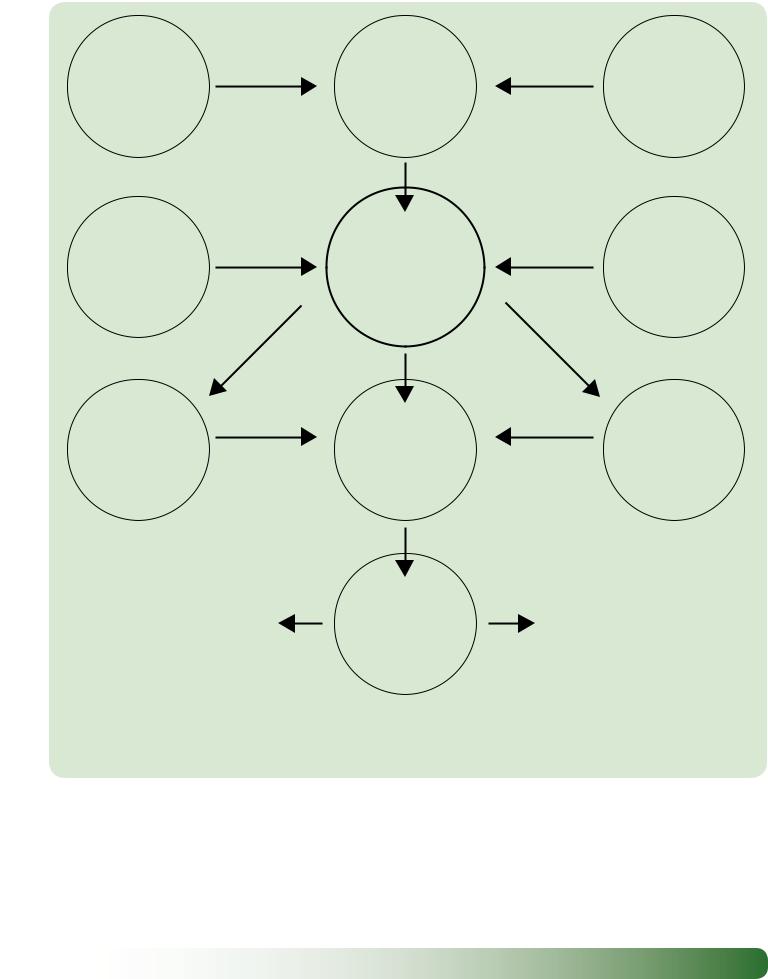
Service learning is a teaching strategy
Teachers/advisors volunteer to oversee
Social enterprise businesses (SEBs)
At the end of the academic year,SAGE teams participate in a tournament,with superior teams advancing to state, national,and international competitions.These competitions allow students to benchmark their ventures against other successful teams, which leads to continuous improvement
The SAGE Model
University business students are assigned to SAGE teenagers
Teenage SAGE teams operate two types of business ventures
These ventures are evaluated by
A jury of business, civic,and education leaders
Business courses
(e.g.,accounting, management, marketing, entrepreneurship)
Business advisory boards volunteer
to assist
Sociallyresponsible businesses (SRBs)
University business students submit a log of hours and a reflective essay describing their experiences with the program,along with suggestions for future improvement
SAGE Information Handbook—Academic Year 2013–2014 |
page 11 |
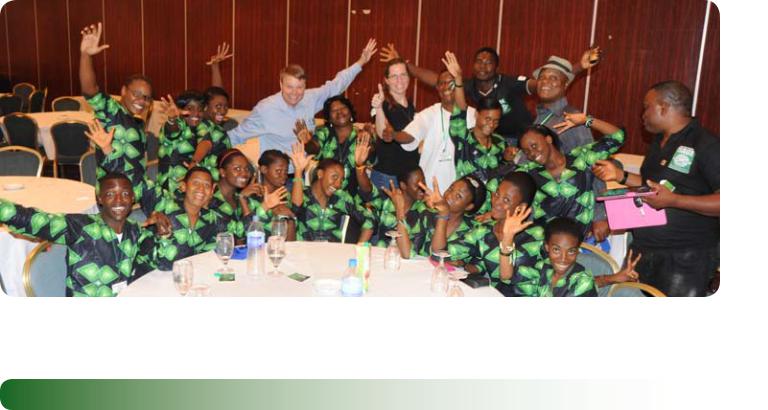
efforts lead gradually to larger ones. But the process needs a beginning—a story, an example, an early taste of success— something along the way helps a person form the belief that it is possible to make the world a better place. Those who act on that belief spread it to others. They are highly contagious. Their stories must be told” (p. 282)
SAGE gives teens a place to share their first success story.
Creative Capitalism
The combination of business entrepreneurship and social enterprise provides a formula for a new kind of capitalism—a more humanitarian capitalism—espoused
by Nobel Laureate, Muhammad Yunus. This new form of capitalism is also espoused by Microsoft’s founder, Bill Gates. According to Gates, “Governments and nonprofit groups have an irreplaceable role in helping [the world’s poor], but it will take far too long if they try to do it alone. It is mainly corporations that have the skills to make technological innovations work for the poor. To make the most of those skills, we need a more creative capitalism: an attempt to stretch the reach of market forces so that more companies can benefit from doing work that makes more people better off. We need new ways to bring far more people into the system—capitalism—that has done so much good in the world.”
Quick Facts
Founded: Summer 2002
Countries in which SAGE has a presence: 19 Active SAGE teams: about 1,100
Active SAGE students: about 11,000 SAGE World Cup Host Cities:
•Abuja, Nigeria (2013)
•San Francisco, CA, USA (2012)
•Buffalo, NY, USA (2011)
•Cape Town, South Africa (2010)
•Brasilia, Brazil (2009)
•Abuja, Nigeria (2008)
•Odessa, Ukraine (2007)
•Shanghai, China (2006)
•San Francisco, CA, USA (2005)
•Kansas City, MO, USA (2004 and 2003)
page 12 |
SAGE Information Handbook—Academic Year 2013–2014 |
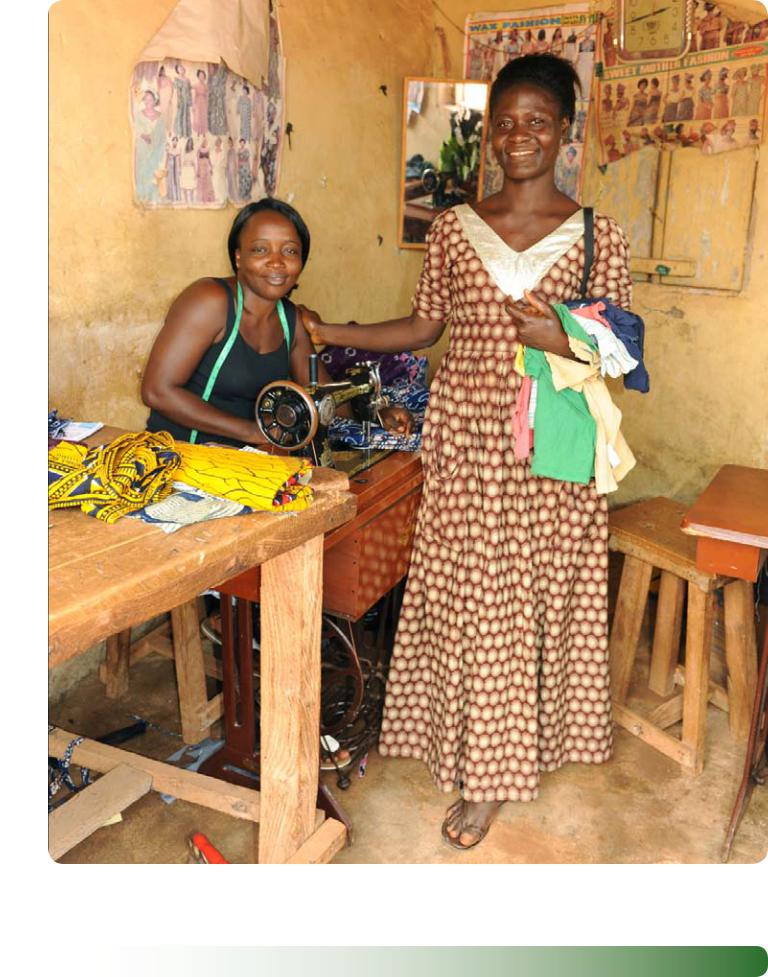
SAGE Information Handbook—Academic Year 2013–2014 |
page 13 |
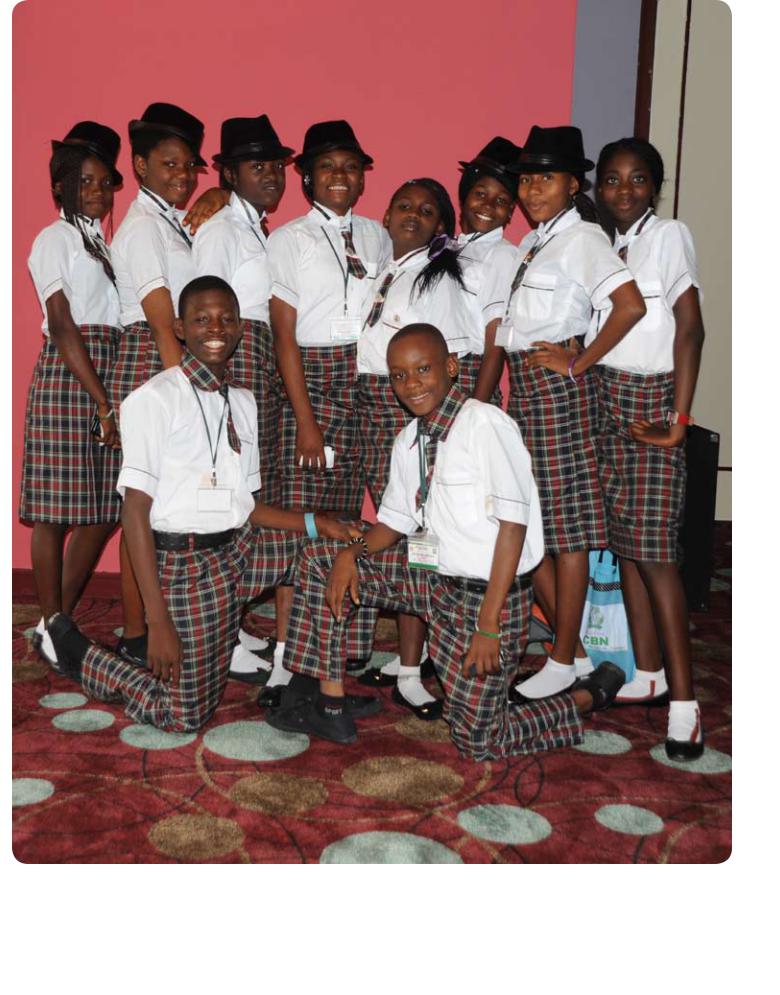
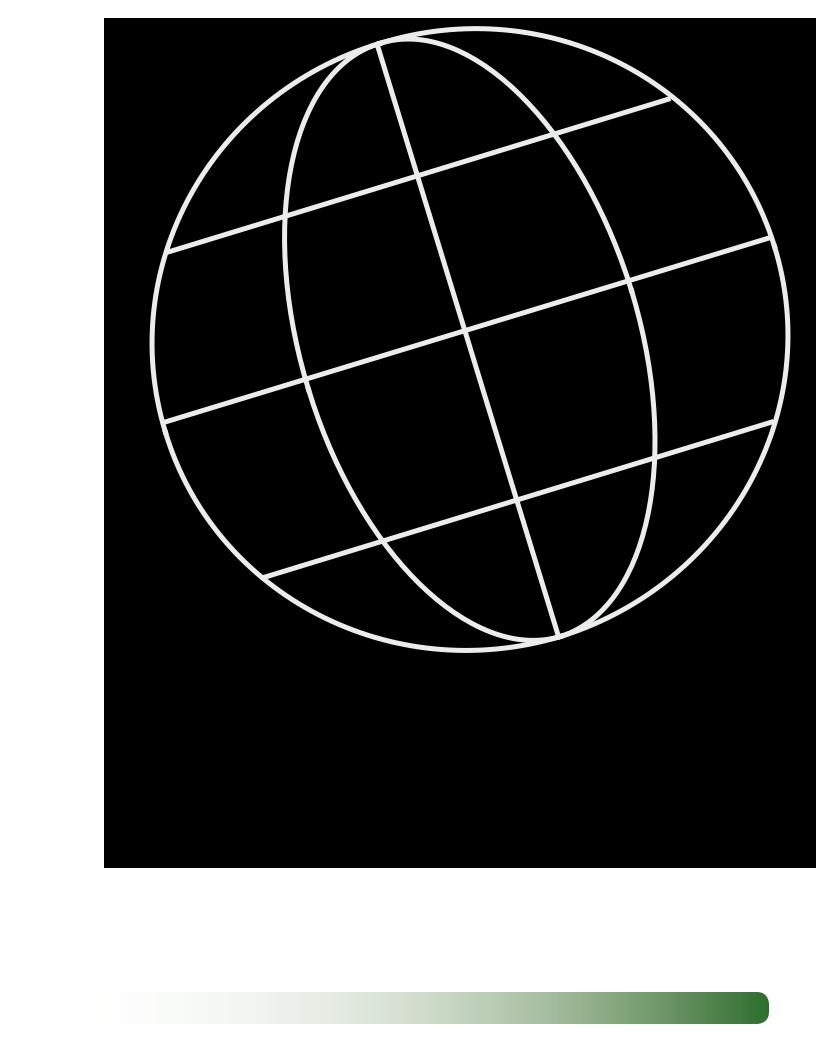
Membership Guidelines
Give young people a context where they can translate a positive imagination into reality, give them a context in which someone with a grievance can have it adjudicated in a court of law without having to bribe the judge with a goat, give them a context in which they can pursue an entrepreneurial idea and become the richest or the most creative or most respected people in their own country, no matter what their background, give them a context in which any complaint or idea can be published in the newspaper, give them a context in which anyone can run for office—and guess what?They usually don’t want to blow up the world.They usually want to be part of it.
—Thomas Friedman (2005),The World is Flat
SAGE Information Handbook—Academic Year 2012–2013 |
page 15 |

MEMBERSHIP GUIDELINES
General Information
Forming a Team
To participate in SAGE, a team of at least three teenagers is organized. This team may consist of students from the same school, in which case the school would be the sponsor. Or the SAGE team may consist of any group of teenagers which has identified an adult sponsor or sponsoring organizations. Sample sponsors include: Boys & Girls Club, Rotary Club, Lion’s Club, faith-based organizations, or managers from local stores such as Best Buy, Target,
Staples, etc.
A school may have several SAGE teams, as long as each team has a sponsoring teacher, adult or sponsoring organization.
A SAGE team must operate (1) one SRB or (2) one SEB. “Veteran” SAGE teams may enter the same business venture for up to three years. The size of the team can be as few as three members; there is no upper limit.
The SAGE team may be part of an existing class, such as an economics, accounting, general business, Future Leaders Institute or Virtual Enterprise class, or it can be an active student organization (e.g., Student Government, FBLA, DECA, Junior Achievement, Rotary Interact, Virtual Enterprise, FFA, FHA-Hero, Skills USA, and Technology Student Association). SAGE in not a competitor for existing high school business organizations, and it does not advocate any one curriculum over another; however, we do recommend certain entrepreneurship programs that are widely-known and respected, such as the Network for
Teaching Entrepreneurship—NFTE—curriculum (see http:// nfte.com and Junior Achievement’s Company Program http:// www.ja.org/).
Viewed from our perspective, the groups mentioned above should view SAGE as an exciting avenue for students to showcase their activities. What better way to market a school’s program or course than by presenting the results of its activities to a group of influential leaders?
The key to starting a team is to find an enthusiastic group of teenage leaders who are interested in starting their own business venture, along with an adult ally who is willing to encourage and support their participation as
a SAGE sponsor. Once a group of teens has decided to participate, the ally who becomes their adviser should contact the SAGE state or national coordinator and notify them of their intent to participate. (Note: each state or country has its own timetable; please, if your SAGE team intends to compete, make sure to check with your state or national coordinator to ensure compliance with your regions’ time schedule). There is no fee or cost to join the SAGE network.
To qualify to enter a SAGE tournament, the following conditions must be met:
•A team must consist of at least three contributing teenagers who operate a business that they have created; a high school or organization may sponsor several SAGE teams;
•There is no upper limit to the number of teens that can be a member of one team;
•The minimum and maximum age requirements for student presenters for their SAGE team must be between the ages of 13 and 19. Specifically, a student must be at least age 13 years old on or before June 30, 2014 and no older than 19 years old on or prior to June 30, 2014;
page 16 |
SAGE Information Handbook—Academic Year 2013–2014 |

•A SAGE team must meet certain benchmarks throughout the year; these benchmarks are established by that country’s SAGE National Coordinator. For example, in the United States, such benchmarks are:
•By December 1, 2014: Submit a letter of intent to compete. This letter must also identify the sponsor (e.g., high school; organization; adult ally).
•By April 1, 2014: Submission of an acceptable annual report to cdeberg@csuchico.edu; the report should address each of the five judging but teams will be able to design the report in any way they choose.
•End of May: Travel the SAGE USA National Tournament (to be determined; it will likely be in California or Pennsylvania).
•Each SAGE team will choose to compete in one of two separate competitions:
•Socially-responsible businesses (SRBs): Sociallyresponsible businesses are always legally structured as for-profit businesses; they do not directly address social needs through their products or services or through the numbers of disadvantaged people they employ; instead, they create positive social change indirectly through the practice of corporate social responsibility (e.g., paying equitable wages to their employees; using environmentally
friendly raw materials; providing volunteers to help with community projects; and so on)
•Social enterprise businesses (SEBs): Social enterprises directly address social needs through their products or services or through the numbers of disadvantaged people they employ; they can be legally structured either as forprofit businesses or not-for-profit businesses, but in either case must
have an earned income strategy in place.
•Each SAGE team will be allowed to enter just one of the two competitions and can only enter the same business for a maximum of three years.
•In both competitions, teams will be judged on their ability to demonstrate measurable results. Judging
criteria are described in the next section.
•At the end of each year, all teenage SAGE teams are invited to compete in the SAGE national competition (although some countries may first choose to conduct state or provincial competitions before conducting a national event). The competitions may be hosted by a college, university, nongovernmental organization
(NGO) or a governmental organization (GO). Winners advance to the “SAGE World Cup.”
•State and/or national competitions usually take place between February and June each year. Country
coordinators should plan their competitions such that the national champion teams have adequate time to acquire their travel visas. The National Champions from each competition—
the SRB and the SEB competition—advances to the SAGE World Cup, which will take place in August 2014.
Last year, in 2012-2013, approximately 1,100 SAGE teams from 13 countries around the world participated in SAGE. The 11th Annual SAGE World Cup took place on August
6–12, 2013 in Abuja, Nigeria.
SAGE Competition Categories
As mentioned above, each SAGE team will choose to compete in one of two separate competitions:
Socially-Responsible Business (SRB)
and Social Enterprise Business (SEB).
Below, we describe each competition in greater detail, along with the judging criteria that will be used to evaluate each SAGE team’s business.
SAGE Information Handbook—Academic Year 2013–2014 |
page 17 |

Socially-Responsible Business (SRB) Competition
Socially-Responsible Businesses (SRBs) are always legally structured as for-profit businesses; they do not directly address social needs through their products or services or through the numbers of disadvantaged people they employ; instead, they create positive social change indirectly through the practice of corporate social responsibility (e.g., creating and implementing a philanthropic foundation; paying equitable wages to their employees; using environmentally friendly raw materials; providing volunteers to help with community projects; and so on).
Teams that enter the SRB tournament should do their best to meet the following five judging criteria:
Written Annual Report ____ (40 points maximum)
Oral Presentation |
____ (40 points maximum) |
Q & A Period |
____ (20 points maximum) |
Total |
____ (100 points maximum) |
*Teams should bring 40 written annual reports with them to each competition. The written annual report is limited to four pages, including cover page. In addition, teams can have copies of media attention they have received for their projects (e.g., magazine articles, newspaper articles, web pages, etc.). Teams may NOT distribute sample products (though they may display them), or copies of business plans or letters of commendation. Violation of this rule will result in an automatic 5-point deduction from the total of 40 points available for the written annual report. However, presenters MAY distribute their personal business cards.
Socially Responsible Busines (SRB) Judging Criterion |
Written Annual |
Oral Presentation |
|
Report |
|
|
|
|
1. How innovative and creative is the business? Does this business have |
10 |
10 |
features which few, if any, other businesses have, which add to the success |
|
|
of the business? |
|
|
|
|
|
2.What is the amount of profit of the business (e.g., has it achieved |
10 |
10 |
profitability through earned income? Or has it defined a believable path |
|
|
toward profitability)? |
|
|
|
|
|
3. Has the business exhibited sustainable business practices? Does |
10 |
10 |
the business meet the needs of the present without compromising the |
|
|
ability of future generations to meet their own needs? Has the SAGE |
|
|
team understood the importance of being responsible stewards of |
|
|
the environment in a market economy, either through its products or |
|
|
services, or by its actions in the community? |
|
|
|
|
|
4. Is there evidence that the business has a succession plan in place? In |
5 |
5 |
other words, has the team demonstrated that the business continue after |
|
|
the current year? Will the team carry on over the summer, winter and |
|
|
spring? |
|
|
|
|
|
5. How effective was the SAGE team in utilizing mass media and social |
5 |
5 |
media to publicize its activities and enhance the visibility of SAGE (e.g., |
|
|
newspapers, magazines,TV, radio, billboards, newsletters, a website |
|
|
devoted to their SAGE business; Facebook)? Note: teams may insert |
|
|
samples, such as newspaper articles, with their annual report. |
|
|
Total Possible Points |
40 |
40 |
How effective were the students in their responses to judges’ questions |
|
20 |
during the Q and A period? |
|
|
page 18 |
SAGE Information Handbook—Academic Year 2013–2014 |
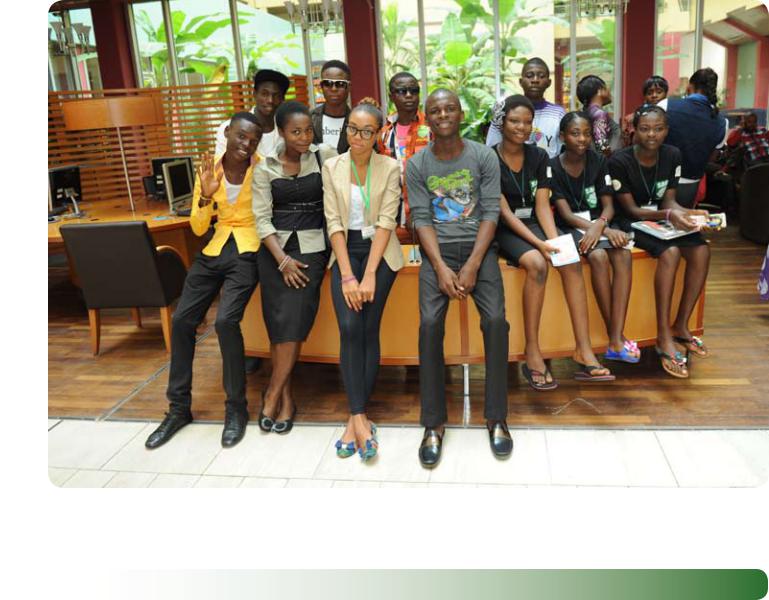
Here is a handy summary of the five criteria:
1.Innovation and creativity
2.Profit
3.Sustainable business practices
4.Succession plan
5.Media (mass and social)
Social Enterprise Business (SRB) Competition
An SEB can be a for-profit or nonprofit enterprise; it explicitly intends to address a social problem by using earned revenue strategies; this may be any type of business so long as:
•its products or services themselves directly address a social need and are paid for by customers (i.e., a customer-focused social enterprise), OR
•it employs a significant number of the people it serves —at least 50 per cent of the company’s direct labor force (i.e., an employee-focused social enterprise).
The focus is on providing social value but with a strategy in place to eventually achieve sustainability through earned income. During the startup phase in both types of businesses, financial resources may also include a mixed revenue stream that includes “unearned income” (e.g., donations, fundraisers, corporate grants, charitable
contributions from philanthropists, public sector subsidies) to help meet expenses.
A nonprofit social enterprise is not the same as nonprofit organization (NPO) or nongovernment organization (NGO). For an organization to be considered a viable SEB, it cannot rely solely on grants, fundraisers donations, and public sector subsidies. To be competitive as a SAGE SEB, the organization must show that it has a long-term strategy that includes earned income.
SAGE Information Handbook—Academic Year 2013–2014 |
page 19 |
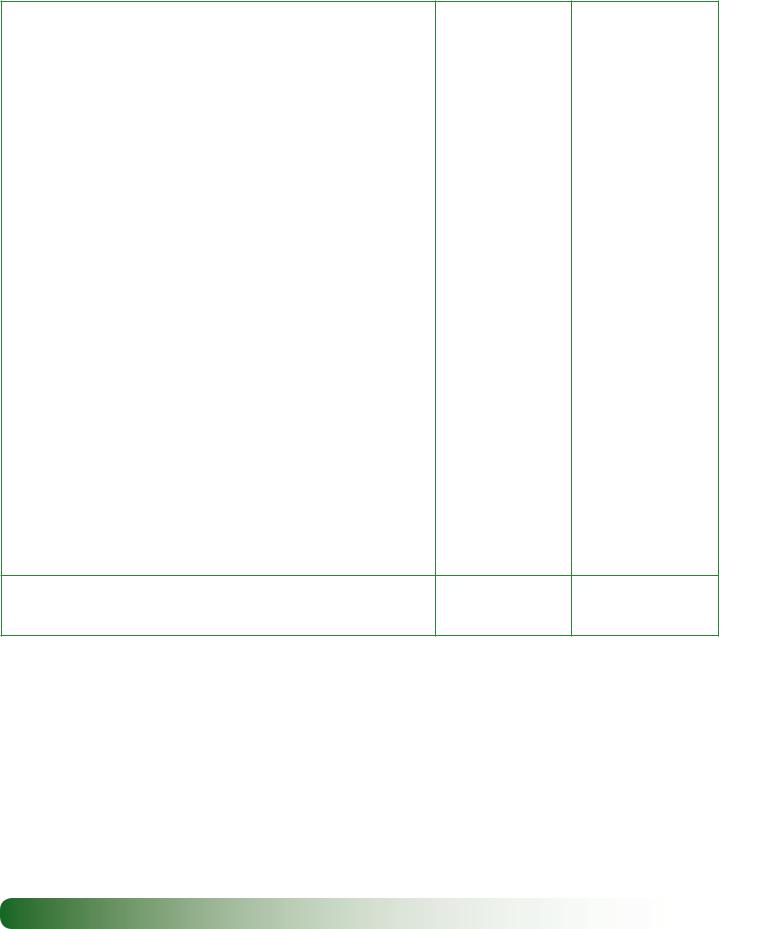
Teams that enter the SEB tournament should do their best to meet the following five judging criteria:
Social Enterprise Business (SEB) Judging Criterion |
Written Annual |
Oral Presentation |
|
Report |
|
1. Does the business have measurable and proven impacts? Has the |
10 |
10 |
organization succinctly defined exactly what change it is trying to |
|
|
achieve? How has the organization measured the desired changes, and |
|
|
demonstrated that they are caused by the actions/interventions of the |
|
|
organization? |
|
|
2.What are the community resources obtained by the business in |
10 |
10 |
helping it achieve its mission, and how were these resources employed |
|
|
(e.g., earned income; sources and uses of unearned income; cooperation |
|
|
from community organizations, volunteers, local government; note: at |
|
|
least 50% of the financial resources during the first year of business must |
|
|
come from earned revenue and the business must have a clear plan to |
|
|
eventually achieve profitability from earned revenue alone)? |
|
|
3. Has the business exhibited sustainable business practices? Does |
10 |
10 |
the business meet the needs of the present without compromising the |
|
|
ability of future generations to meet their own needs? Has the SAGE |
|
|
team understood the importance of being responsible stewards of |
|
|
the environment in a market economy, either through its products or |
|
|
services, or by its actions in the community? |
|
|
4. Is there evidence that the business has a succession plan in place? |
5 |
5 |
In other words, has the team demonstrated that the business continue |
|
|
after the current year? Will the team carry on over the summer, winter |
|
|
and spring? Is there a chance that this organization’s effectiveness can be |
|
|
expanded locally and replicated in new settings? |
|
|
5. How effective was the SAGE team in utilizing mass media and social |
5 |
5 |
media to publicize its activities and enhance the visibility of SAGE (e.g., |
|
|
newspapers, magazines,TV, radio, billboards, newsletters, a website |
|
|
devoted to their SAGE business; Facebook)? Note: teams may insert |
|
|
samples, such as newspaper articles, with their annual report. |
|
|
Total Possible Points |
40 |
40 |
How effective were the students in their responses to judges’ questions |
|
20 |
during the Q and A period? |
|
|
page 20 |
SAGE Information Handbook—Academic Year 2013–2014 |
